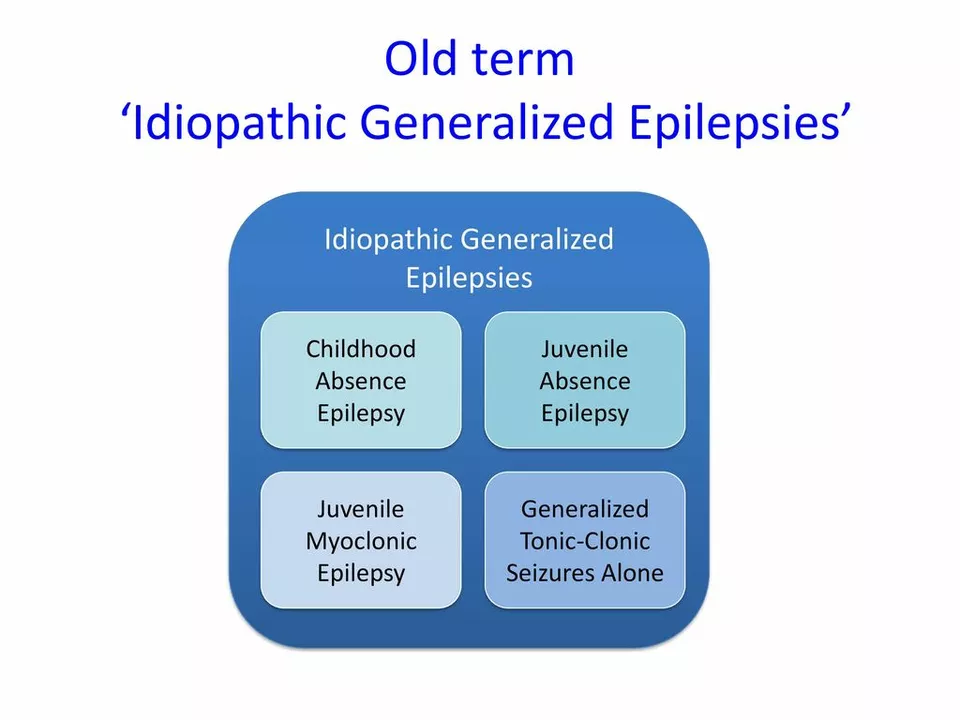Myoclonic Seizures – What They Are and How to Deal With Them
If you or someone you know has sudden jerks that look like muscle twitches, chances are they’re dealing with myoclonic seizures. These brief, shock‑like movements can happen in one part of the body or all over. They’re different from the long convulsions people often picture when they think about epilepsy.
What Are Myoclonic Seizures?
Myoclonic seizures are short bursts of muscle activity that last just a second or two. You might feel them as an unexpected clap of your hands, a head snap, or a quick jerk in the legs. They can be triggered by flashing lights, lack of sleep, or even stress. While a single event is common, some people have them repeatedly throughout the day.
These seizures are part of the broader epilepsy family, but they don’t always mean you have full‑blown epilepsy. Doctors diagnose them based on the pattern of jerks and an EEG test that shows abnormal brain spikes. Knowing the exact type helps in choosing the right medication.
How to Manage & Treat Myoclonic Seizures
The first step is getting a proper evaluation from a neurologist. They’ll look at your medical history, run an EEG, and maybe order brain imaging. Once they confirm myoclonic seizures, treatment usually starts with antiepileptic drugs such as valproate, levetiracetam, or topiramate.
Medication works best when you take it exactly as prescribed. Skipping doses can bring the jerks back. Some people also benefit from lifestyle tweaks: regular sleep schedule, avoiding bright strobe lights, and managing stress with simple relaxation tricks like deep breathing.
If drugs don’t fully control the seizures, doctors may suggest adding a second medication or trying newer options like perampanel. In rare cases where medication fails, surgical evaluation might be considered, but that’s only after thorough testing.
Living with myoclonic seizures also means staying safe during daily activities. Wear loose clothing to avoid injury from sudden jerks, use safety gear when biking or swimming, and let friends or coworkers know what to do if a seizure hits.
Keeping a seizure diary can be a game‑changer. Write down the time, triggers, and how long each jerk lasted. Over weeks, patterns emerge that help you and your doctor fine‑tune treatment.
Remember, myoclonic seizures are manageable for most people. With the right meds, good sleep habits, and a bit of planning, you can keep them from ruling your life.
Myoclonic Seizures and Advocacy: How to Make a Difference
Myoclonic seizures can be a challenging experience for those affected, but advocacy plays a crucial role in raising awareness and supporting the community. By educating ourselves and others on the symptoms and causes, we can help reduce the stigma surrounding these seizures. Sharing personal stories and experiences can create connections and empower individuals to seek assistance. Volunteering for organizations focused on epilepsy and seizure disorders allows us to contribute to research and support services. Ultimately, our collective efforts in advocacy can make a significant difference in the lives of those living with myoclonic seizures.
About
Health and Wellness
Latest Posts


Ramipril (Altace) vs. Common Alternatives - Full Comparison
By Orion Kingsworth Oct 10, 2025

The Use of Minocycline in Treating Prostatitis
By Orion Kingsworth May 21, 2023
Unlock the Secrets of Date Palm: The Ultimate Dietary Supplement for a Healthier You!
By Orion Kingsworth Jun 2, 2023

